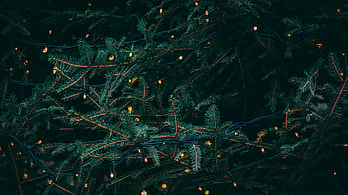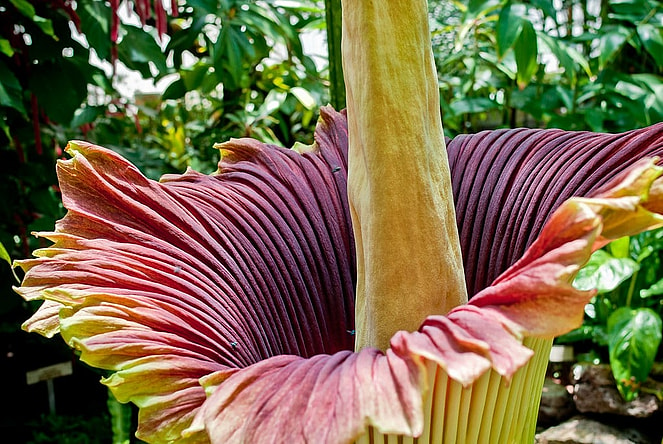
One of the most vibrant and alluring pieces in the vast and complex tapestry of the natural world is the flower. Every flower, from the magnificent blossoms of tropical orchids to the hardy wildflowers that thrive in the most inhospitable environments, narrates a tale of evolution, adaptability, and beauty. Nevertheless, since they are so uncommon, certain flowers—among the innumerable species that adorn our world—remain a mystery, including the world’s rarest flower. The quest for knowledge surrounding these uncommon blooms exposes the fragile environmental balance that supports them in addition to the amazing diversity of the plant kingdom.
One of the most elusive and mysterious of them is the Titan Arum (Amorphophallus titanum), which is frequently hailed as the world’s rarest flower. The Titan Arum, which is well-known for its enormous size and unusual smell, enthralls botanists and enthusiasts with its spectacular but brief flowering episodes. Still, there are other plants that serve as representatives of uncommon flora. There are many more remarkable flowers in the natural world, each with a unique history of scarcity and mystery alongside the world’s rarest flower.
Finding and preserving the world’s rarest flower is essential for the study of botany as well as for preserving biodiversity and comprehending ecological shifts. As we explore the world’s rarest flower, we learn about their special qualities as well as the difficulties they encounter in their native environments. We will take a thorough look at the world of rare and endangered flowers in this in-depth investigation, beginning with the Titan Arum and expanding to cover its intriguing history.
We’ll talk about how these floral marvels were discovered, their ecological importance, and the conservation initiatives put in place to keep them safe. By comprehending the world’s rarest flower, we may better appreciate the intricate relationship between conservation and nature as well as the significance of protecting the most endangered species on Earth.
Read More: 6 Rare Houseplants Everyone Wants to Find
The Titan Arum: A Colossal Bloom with a Unique Story

Owing to its infamous smell, the Titan Arum (Amorphophallus titanum) is sometimes called the corpse flower. It is one of the world’s most unusual and interesting flowers. This plant, which is native to Indonesia’s Sumatra jungles, is well-known for its enormous size, unusual flowering habits, and difficulties surviving in its natural environment as the world’s rarest flower. Comprehending the Titan Arum’s scarcity and maintenance might help one understand why it fascinates both botanists and flower aficionados.
The Titan Arum’s sheer immensity is astounding. It yields what are among the largest unbranched inflorescences in the plant kingdom, growing up to three feet in diameter and ten feet in height. The flower structure of the plant is a central spadix, which is encircled by a big, frilly spathe that has the appearance of an enormous, open umbrella. The spathe can grow up to eight feet long and is usually reddish-brown in color. Because of the world’s rarest flower’s disagreeable odor, pollinators—mainly flies and carrion beetles—are drawn to its striking structure.
The Titan Arum’s irregular and erratic blooming cycle accounts for a significant portion of its rarity. The Titan Arum may only bloom once every few years, in contrast to many other plants that do so every year. When it does bloom, it does so for a brief period of time—just 24 to 48 hours. The world’s rarest flower opens in the evening, peaks in both scent and appearance during the night, and then withers and collapses by dawn.
Studying and appreciating the Titan Arum is difficult due to its erratic blooming cycle. Because it is so uncommon, seeing it blossom is a rare sight, even in reputable botanical gardens where it is grown. Seeing Titan Arum in full flower is a highly awaited event for many scientists and fans of the world’s rarest flower.
Also Read: 5 Countries with the Largest Rainforest Coverage
Discovery and Characteristics
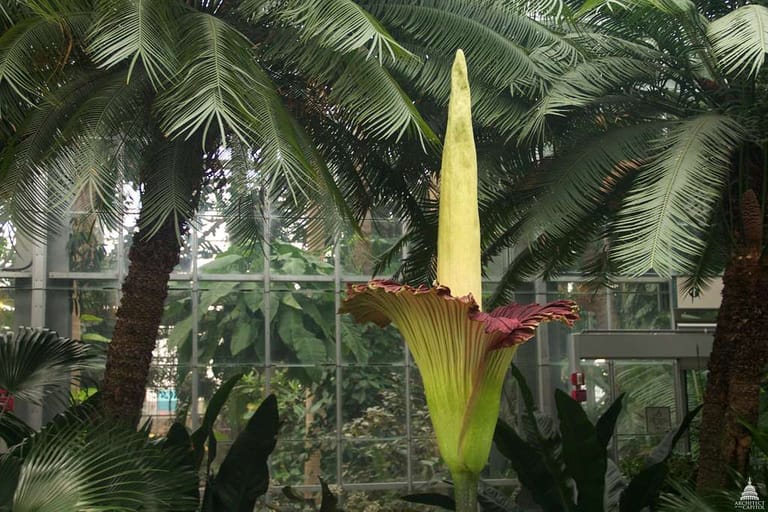
Italian botanist Odoardo Beccari originally recorded the Titan Arum on a Sumatra expedition in 1878. Beccari’s finding was noteworthy because of the flower’s special qualities and uncommon blooming cycle. The Titan Arum blooms erratically, frequently just once every few years, in contrast to many other flowers that bloom every year. When it does flower, the world’s rarest flower only lasts for a day or two, making the occasion of its bloom unique and transient.
The big, central spadix of the plant is surrounded by a frilly, reddish-brown spathe that is like an enormous, open umbrella, which makes up the inflorescence. In addition to its remarkable size, this structure is essential to the plant’s reproductive strategy. The purpose of the corpse-like scent released during blossoming is to entice pollinators, which are naturally drawn to decomposing organic materials, such as flies and carrion beetles.
Read More: Did You Know the History Behind This Forbidden Island in Hawaii?
The World’s Rarest Flower
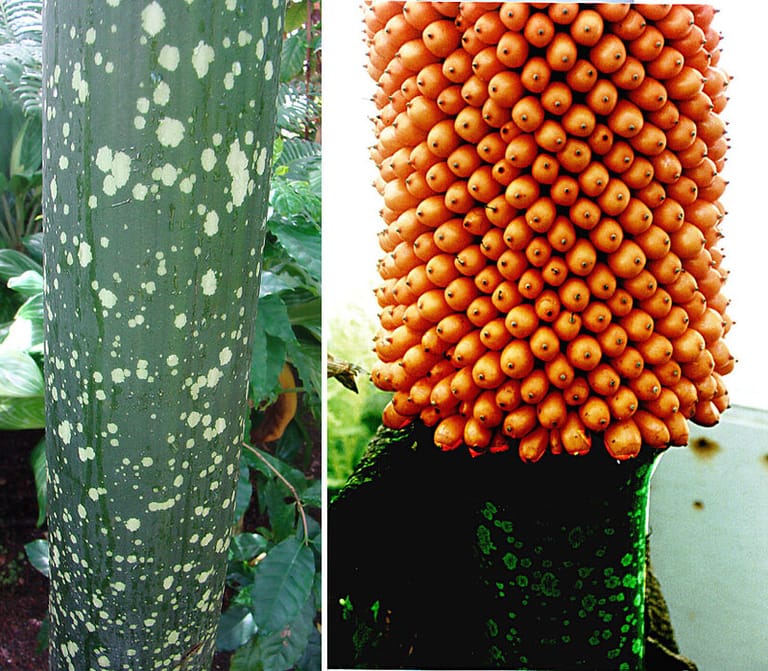
The Titan Arum is the world’s rarest flower due to a number of circumstances. Deforestation and habitat loss pose serious risks to the plant in its natural home, the Sumatra rainforests. Logging, increased agricultural production, and other human activities are rapidly destroying the rich, moist tropical rainforest environment that is necessary for the Titan Arum. The world’s rarest flower’s native population has decreased as a result, making it harder to locate in the wild.
The complicated life cycle of the Titan Arum further contributes to its rarity. Before the plant is developed enough to provide a flower, it must grow from a corm, a sizable underground storage organ, for several years. It could take several years for a Titan Arum to be ready to bloom, even in ideal circumstances. The Titan Arum is especially sensitive to alterations in the environment and human activity because of its extended maturity period and unique habitat needs.
Also Read: 8 Rare Purple Animals from Around the World
Cultivation and Care
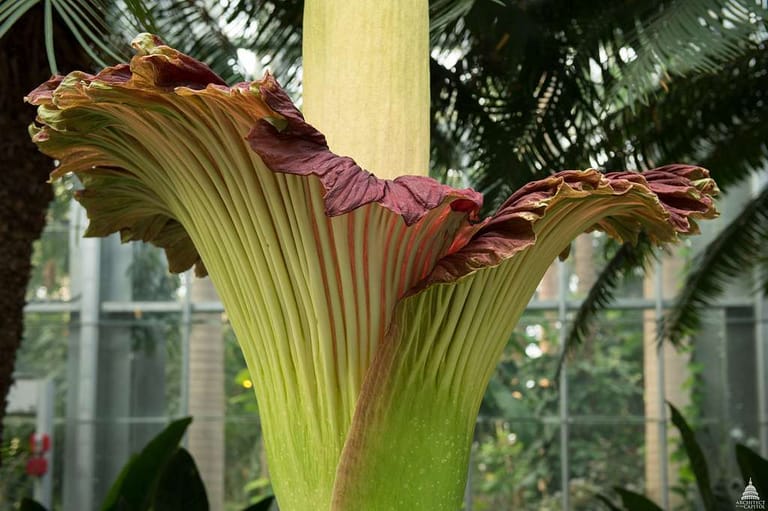
The Titan Arum has unique difficulties when grown outside of its native environment. Globally, research institutes and botanical gardens have worked very hard to cultivate and learn more about the world’s rarest flower. A close eye on the unique requirements of each plant is necessary for successful growing.
- Climate and Environment: The warm, humid conditions that resemble the native rainforest home of the Titan Arum are ideal for its growth. Generally, it needs temperatures between 75 and 85 degrees Fahrenheit (24 and 29 degrees Celsius) and a constant high humidity level. In order to duplicate these circumstances, botanical gardens frequently maintain specialized settings, such as tropical greenhouses for the world’s rarest flower.
- Soil Requirements: The world’s rarest flower likes soil that drains well and is full of organic debris. In farming, it is frequently grown in a loamy soil and compost mixture to guarantee adequate drainage and nutrient availability.
- Watering and Fertilization: Watering the Titan Arum on a regular basis is necessary to keep the humidity levels high. Waterlogging must be avoided, though, as too much moisture might cause root rot. The world’s rarest flower benefits from regular fertilization with a balanced, water-soluble fertilizer to boost its growth during its active growing phase.
- Dormancy Period: The Titan Arum undergoes a dormant phase following blooming, during which the world’s rarest flower’s above-ground structure withers away. The corm stores nutrition and energy during this period. Watering should be minimized and the plant should be given time to rest before the next growing cycle starts during dormancy.
- Pollination and Seed Production: Pollination in horticulture can be difficult. Certain pollinators are necessary for the Titan Arum, but they are not always found in botanical gardens. In order to generate seeds that can be utilized to grow new plants, efforts are occasionally made to manually pollinate the world’s rarest flower.
Conservation and Research
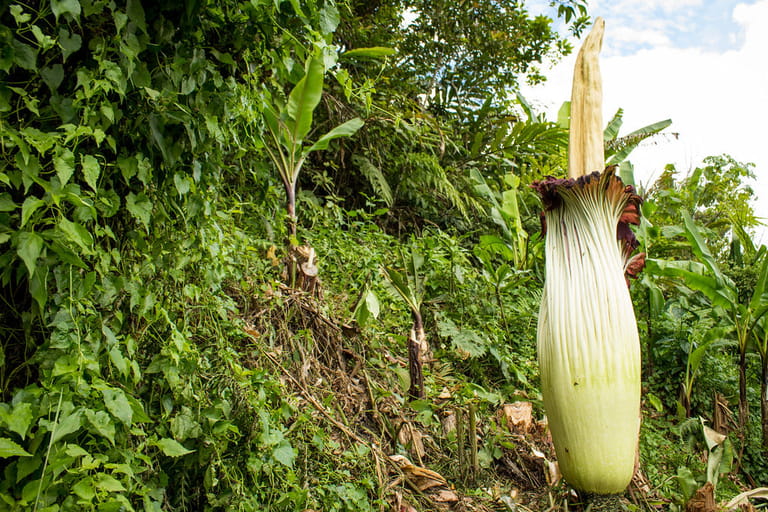
The preservation of uncommon and threatened floral species is an essential undertaking that entails tackling several obstacles. The world’s rarest flower is seriously threatened by invasive species, illegal collecting, habitat degradation, and climate change. Protection of habitat, cultivation in botanical gardens, and public awareness campaigns to support sustainable practices are common components of conservation efforts.
Research facilities and botanical gardens are essential to the preservation of the world’s rarest flower. Scientists can create plans to save these plants in their native environments by growing them and learning more about their requirements. Furthermore, in order to carry out efficient conservation efforts and guarantee the long-term survival of these species, collaborations with regional communities and conservation organizations are crucial.
Protecting the world’s rarest flower’s native environment and making sure it survives under cultivation are both important aspects of its protection. The preservation of rainforests and tackling the more general problems of deforestation and habitat degradation are the main goals of efforts to conserve the plant in the wild. Sustainable land-use practices and the preservation of the rainforest ecosystem are the goals of local communities and organizations.
Botanical gardens and research facilities are essential for the study and preservation of the world’s rarest flower, in addition to habitat conservation. Scientists can create plans to promote the plant’s conservation and get an understanding of its function within its ecosystem by growing the plant and researching its biology and ecology.
Education and public awareness campaigns are also crucial parts of conservation initiatives. Through the display of the Titan Arum in botanical gardens and the dissemination of knowledge about its exceptional rarity and importance, scientists and enthusiasts can cultivate a heightened awareness of the world’s rarest flower and the imperative nature of safeguarding its natural environment.
Read More: These Are the 10 Most Rare Succulents
Cultural and Scientific Significance
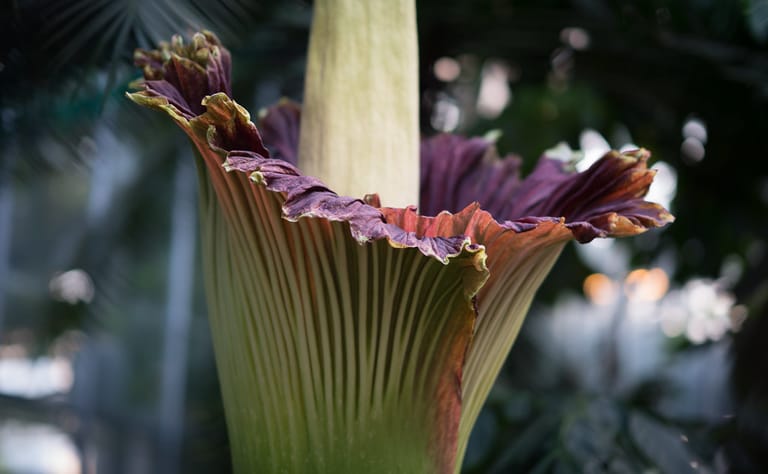
There is great scientific and cultural significance to the Titan Arum. The flower’s traditional Indonesian name, “Bunga Bangkai,” translates to “corpse flower” in allusion to the pungent scent. It is honored in the community’s customs and frequently appears in ceremonies and festivals.
From a scientific perspective, the world’s rarest flower offers important insights into how flowering plants evolved and how tropical flora adapted to its environment. It provides an intriguing illustration of the interactions between plants and pollinators due to its unusual reproductive strategy, which relies on odor to draw pollinators. Studying the world’s rarest flower also advances our knowledge of the ecology, physiology, and conservation of plants.
The Titan Arum is proof of the astounding complexity and diversity of the plant kingdom. It is one of the most fascinating and mysterious flowers in the world because of its enormous size, unusual blooming habit, and distinctive ecological importance. We learn important lessons about the delicate balance of tropical ecosystems and the significance of protecting our planet’s endangered species as we continue to investigate and study the world’s rarest flower.
We may contribute to the preservation and appreciation of this botanical marvel by encouraging public awareness, growing the world’s rarest flower in botanical gardens, and supporting conservation efforts. The Titan Arum is a potent symbol of the need to treasure and protect the most remarkable creatures of our natural environment, as well as its beauty and fragility.

